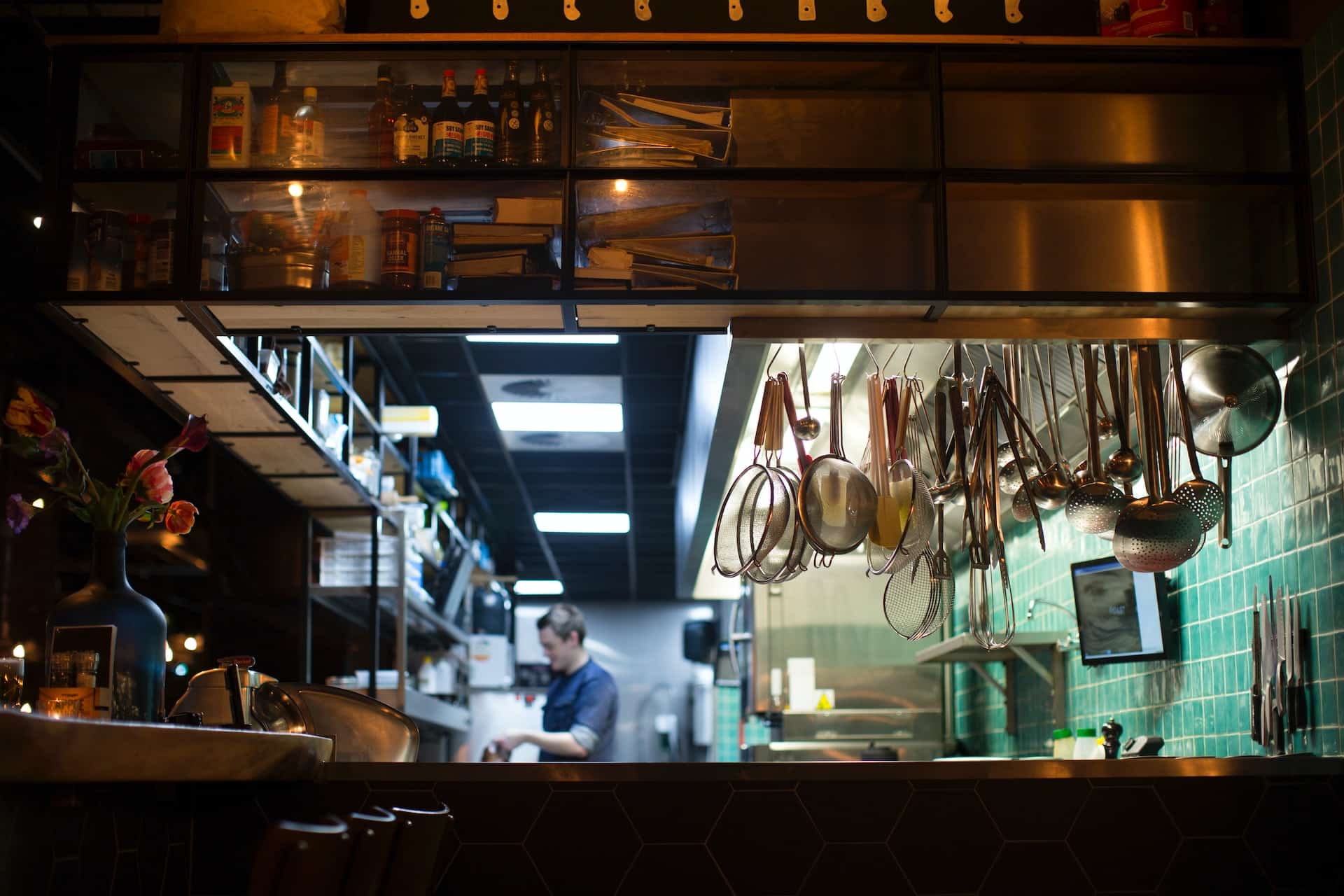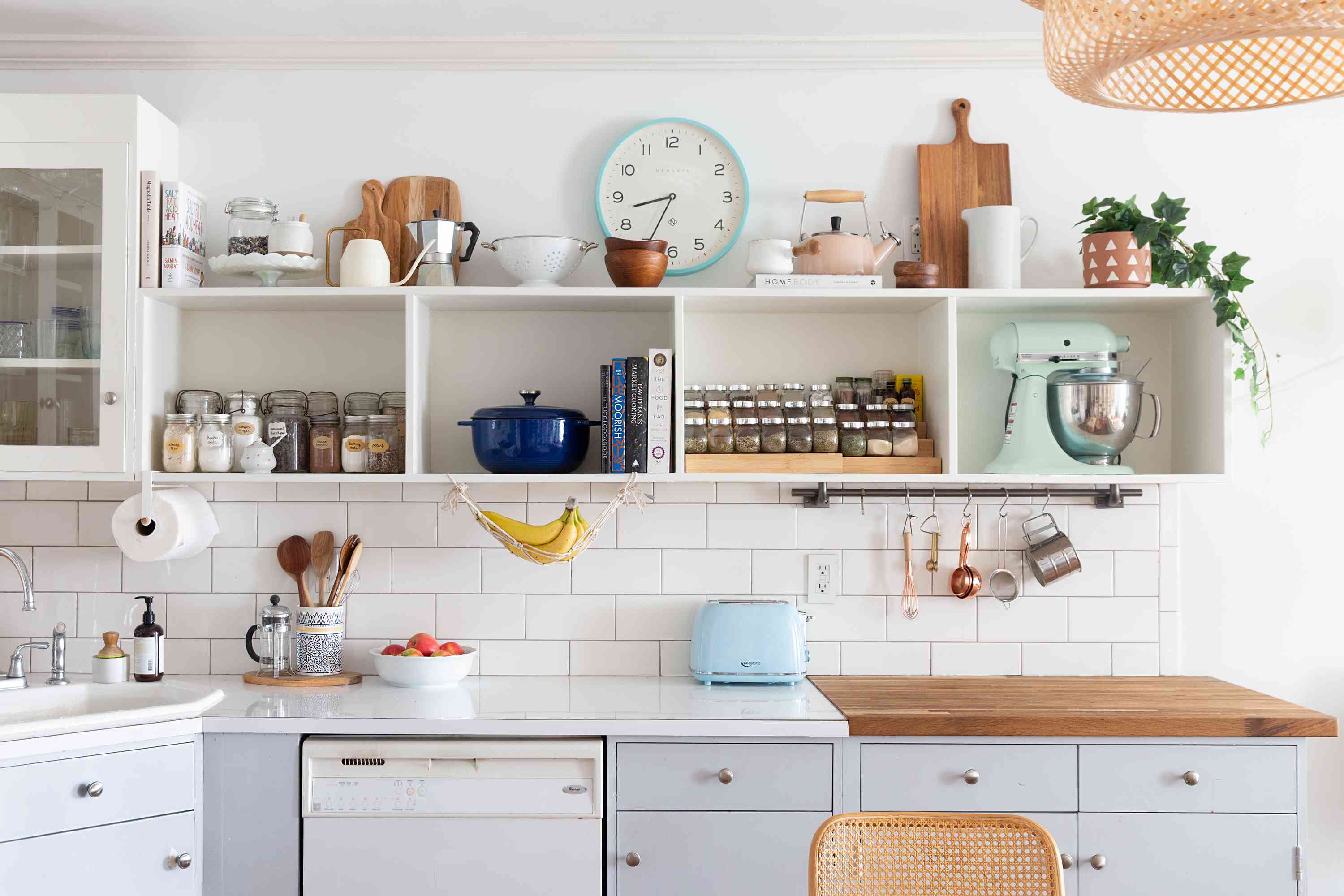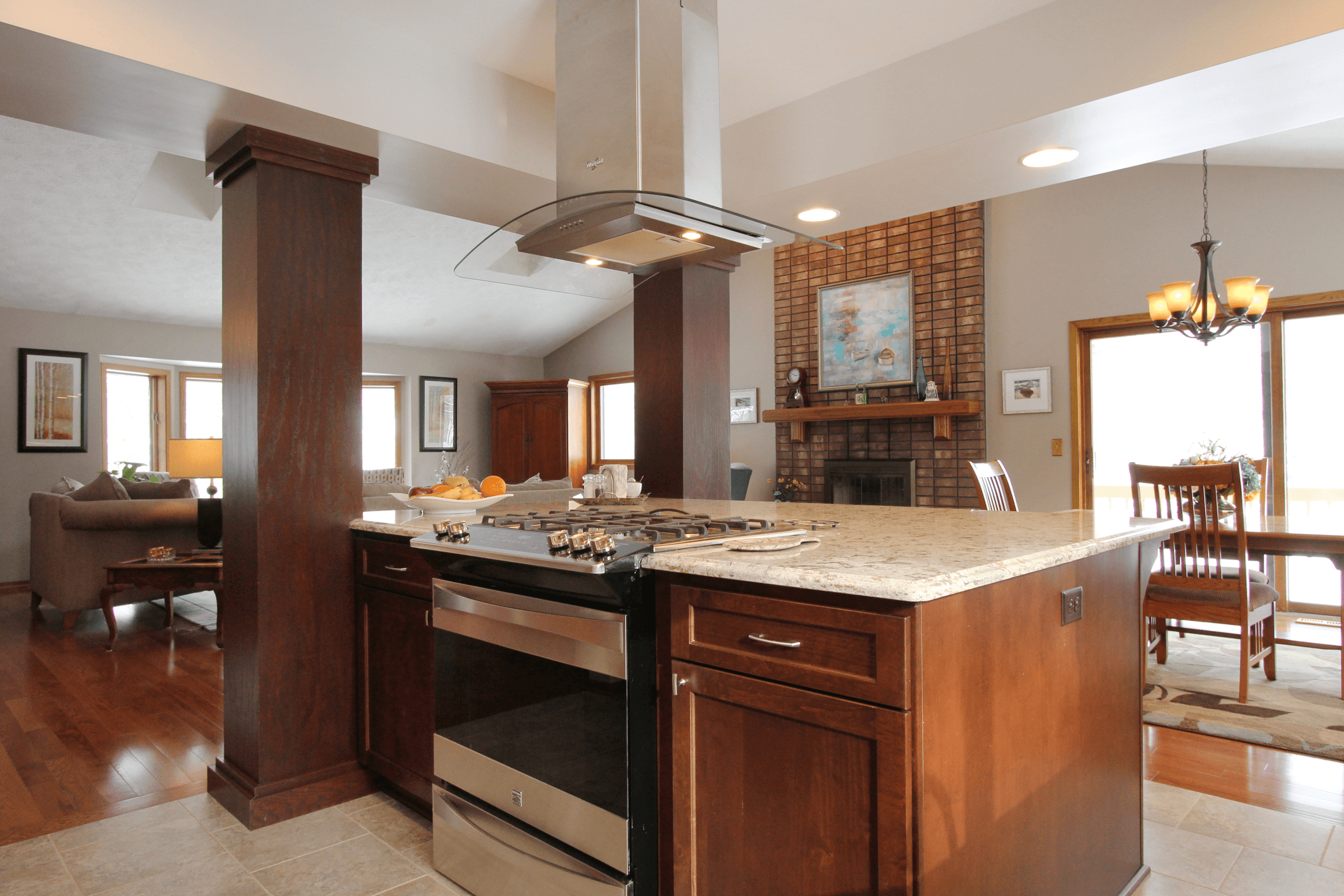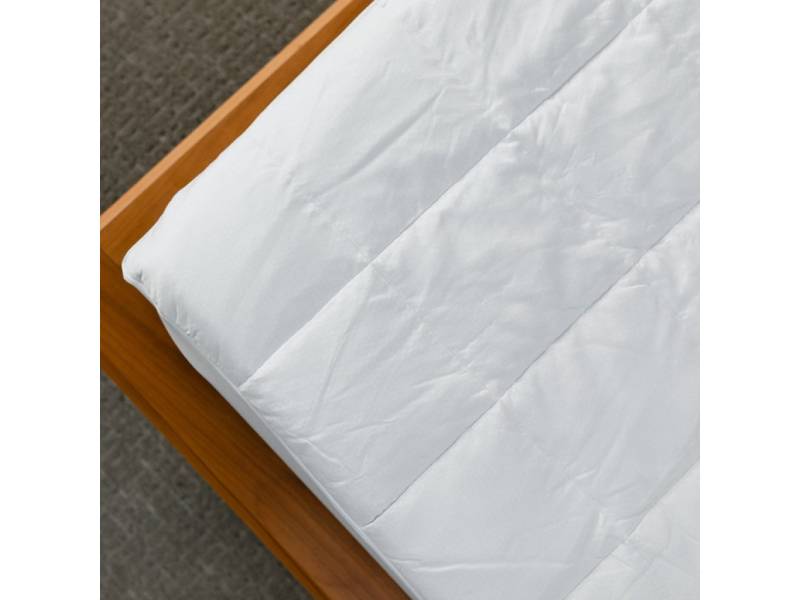1. Functional Kitchen Design Ideas
When it comes to designing a kitchen, one of the most important factors to consider is functionality. A kitchen needs to not only look visually appealing, but it also needs to serve its purpose efficiently. If you're looking to revamp your kitchen design and prioritize function, here are some ideas to get you started.
2. Maximizing Functionality in Kitchen Design
One of the key elements of a functional kitchen design is making the most out of the available space. This means utilizing every nook and cranny to its full potential. Consider installing pull-out shelves in your cabinets, adding hooks for hanging utensils, and using wall-mounted racks for extra storage. These small changes can make a big difference in maximizing functionality in your kitchen.
3. Designing a Functional Kitchen Layout
The layout of your kitchen can greatly impact its functionality. The most common layout is the L-shaped or U-shaped kitchen, which allows for easy movement between different areas. However, if you have a smaller space, consider a galley or one-wall kitchen layout, which can also be highly functional with the right design elements.
4. Incorporating Function into Kitchen Design
A functional kitchen design is all about incorporating elements that make your daily tasks easier. This could mean installing a pull-down faucet for easy dishwashing, adding a pot filler near the stove for convenience, or incorporating a built-in trash bin to keep your kitchen clutter-free. Small touches like these can greatly improve the functionality of your kitchen.
5. Creating a Functional and Stylish Kitchen
Who says functionality can't be stylish? By choosing the right materials and finishes, you can create a kitchen that is both functional and aesthetically pleasing. Opt for durable materials like quartz or granite for countertops, and stainless steel for appliances. You can also add pops of color with your backsplash or kitchen accessories to liven up the space.
6. Essential Elements of a Functional Kitchen Design
There are certain elements that every functional kitchen design should have. These include ample counter space for meal prep, a sink with easy access to water, and a stove and refrigerator in close proximity. It's also important to have enough storage for all your kitchen essentials, as well as proper lighting to ensure a well-lit and functional space.
7. Designing a Kitchen with Efficiency in Mind
Efficiency is key in a functional kitchen. This means choosing appliances that are energy-efficient and incorporating features like soft-close cabinets and drawers to prevent slamming and unnecessary wear and tear. You can also add a lazy Susan in corner cabinets for easier access to items.
8. Functional Kitchen Storage Solutions
Storage is crucial in a functional kitchen. Consider installing deep drawers for pots and pans, a pull-out pantry for easy access to dry goods, and vertical dividers in your cabinets for storing baking sheets and cutting boards. You can also utilize the space on top of your cabinets for storing less frequently used items.
9. Designing a Multi-Functional Kitchen Island
A kitchen island not only adds extra counter space, but it can also serve multiple functions. Consider adding a sink or stove to your island for extra prep space, or incorporate a built-in wine rack or bookshelf for additional storage. You can also add seating for a casual dining area or a breakfast bar.
10. Incorporating Technology into Functional Kitchen Design
Technology has made its way into every aspect of our lives, including the kitchen. Consider incorporating smart home features like a touchless faucet, smart appliances that can be controlled remotely, and USB outlets for charging devices. These features not only add convenience, but they can also make your kitchen more functional and efficient.
Create a Functional and Stylish Kitchen Design

Designing a kitchen that is both functional and aesthetically pleasing can be a challenging task. The kitchen is the heart of the home, where meals are prepared and memories are made. It is important to strike a balance between functionality and design in order to create a space that is not only visually appealing but also works efficiently. Kitchen design with emphasis on function is a popular trend that focuses on optimizing the layout and organization of the kitchen to make daily tasks easier and more efficient.

The first step in creating a functional kitchen design is to assess your needs and daily routines. Consider the size of your family, how often you cook and entertain, and the types of appliances and tools you use regularly. This will help determine the layout and storage needs of your kitchen.
Maximizing storage space is key to a functional kitchen. Utilize every inch of space, including corners and vertical areas. Incorporating pull-out shelves, deep drawers, and overhead cabinets can help keep your kitchen organized and clutter-free. Consider installing a pantry or utilizing a kitchen island with built-in storage to free up counter space.
Another important aspect of functional kitchen design is efficient workflow . The three main areas of a kitchen – sink, stove, and refrigerator – should form a triangle shape with no more than six feet between each point. This allows for easy movement and accessibility while cooking. Additionally, incorporating counter space near the stove and sink can make meal prep and clean up a breeze.
Lighting is often overlooked in kitchen design, but it plays a crucial role in functionality. Natural lighting is ideal, as it provides a bright and inviting atmosphere. If natural light is limited, consider installing under-cabinet lighting to illuminate work areas. Pendant lights above an island or sink can also add both style and functionality to the space.
Finally, choosing the right materials for your kitchen can greatly impact its functionality. Durable and easy-to-clean materials, such as quartz or granite countertops and ceramic tile flooring, are ideal for high-traffic areas. Incorporating a mix of textures and finishes can also add visual interest to the space.
In conclusion, a functional kitchen design is essential for creating a space that works for you and your family. By carefully considering your needs, maximizing storage space, creating an efficient workflow, incorporating proper lighting, and choosing the right materials, you can create a kitchen that is both functional and visually appealing.










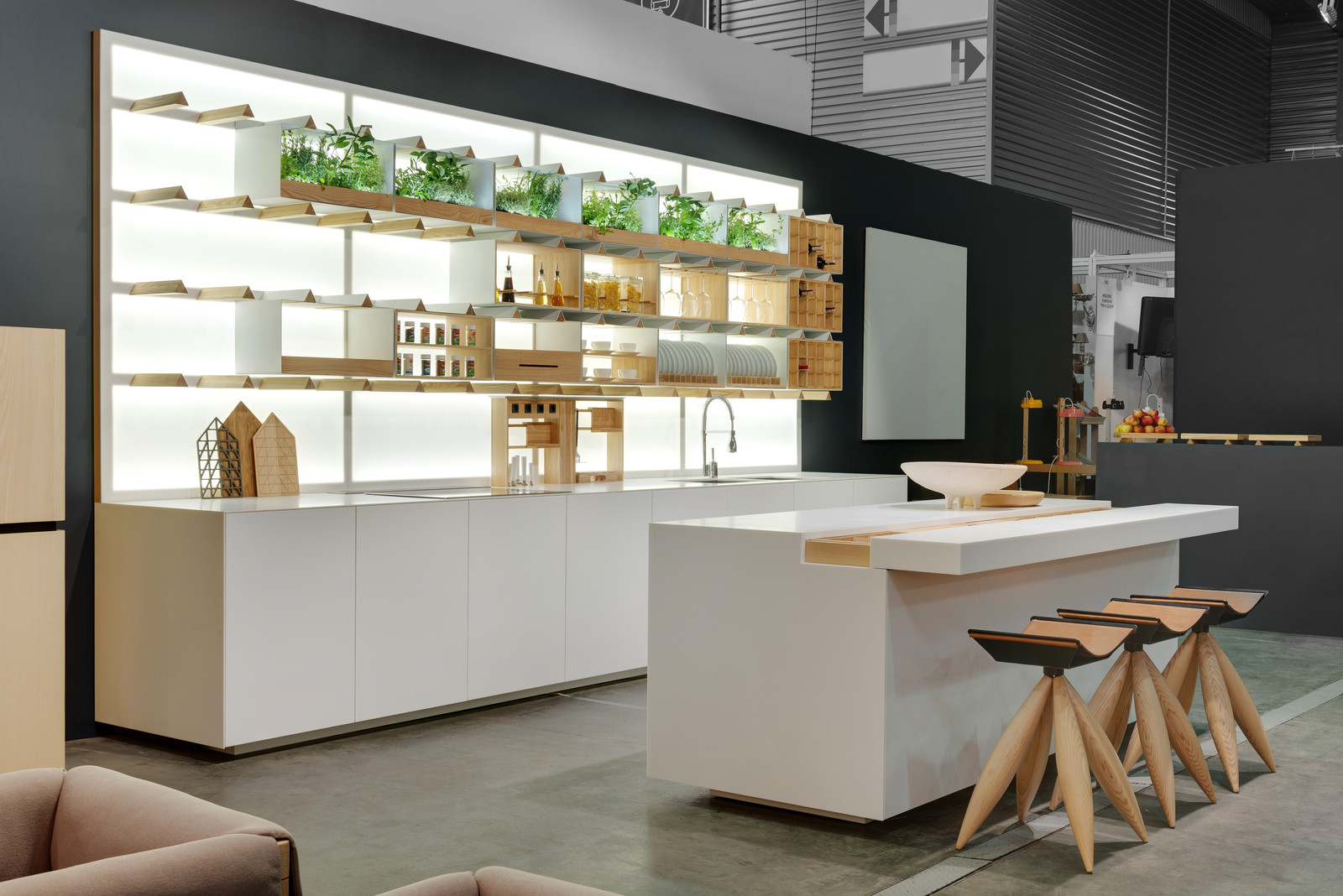



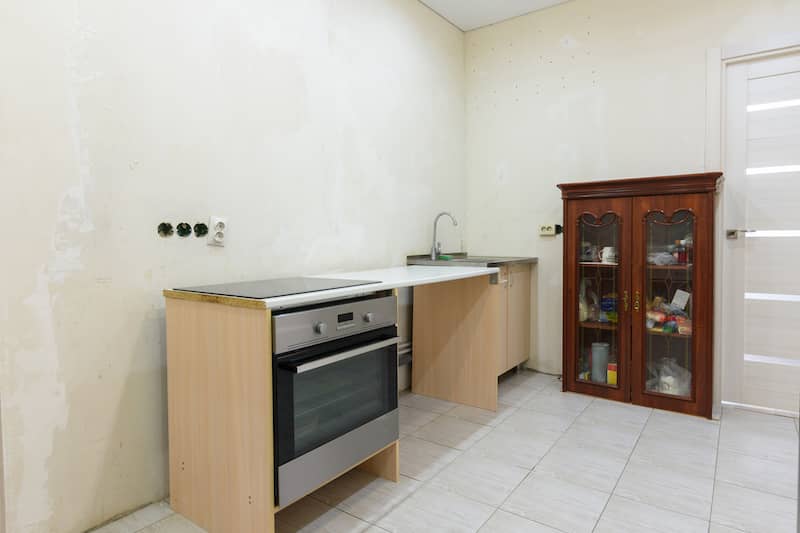




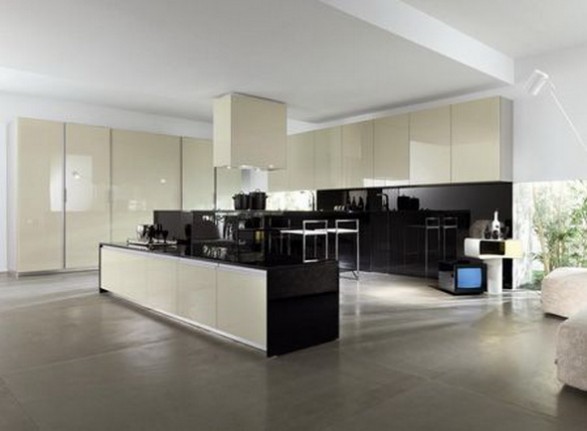


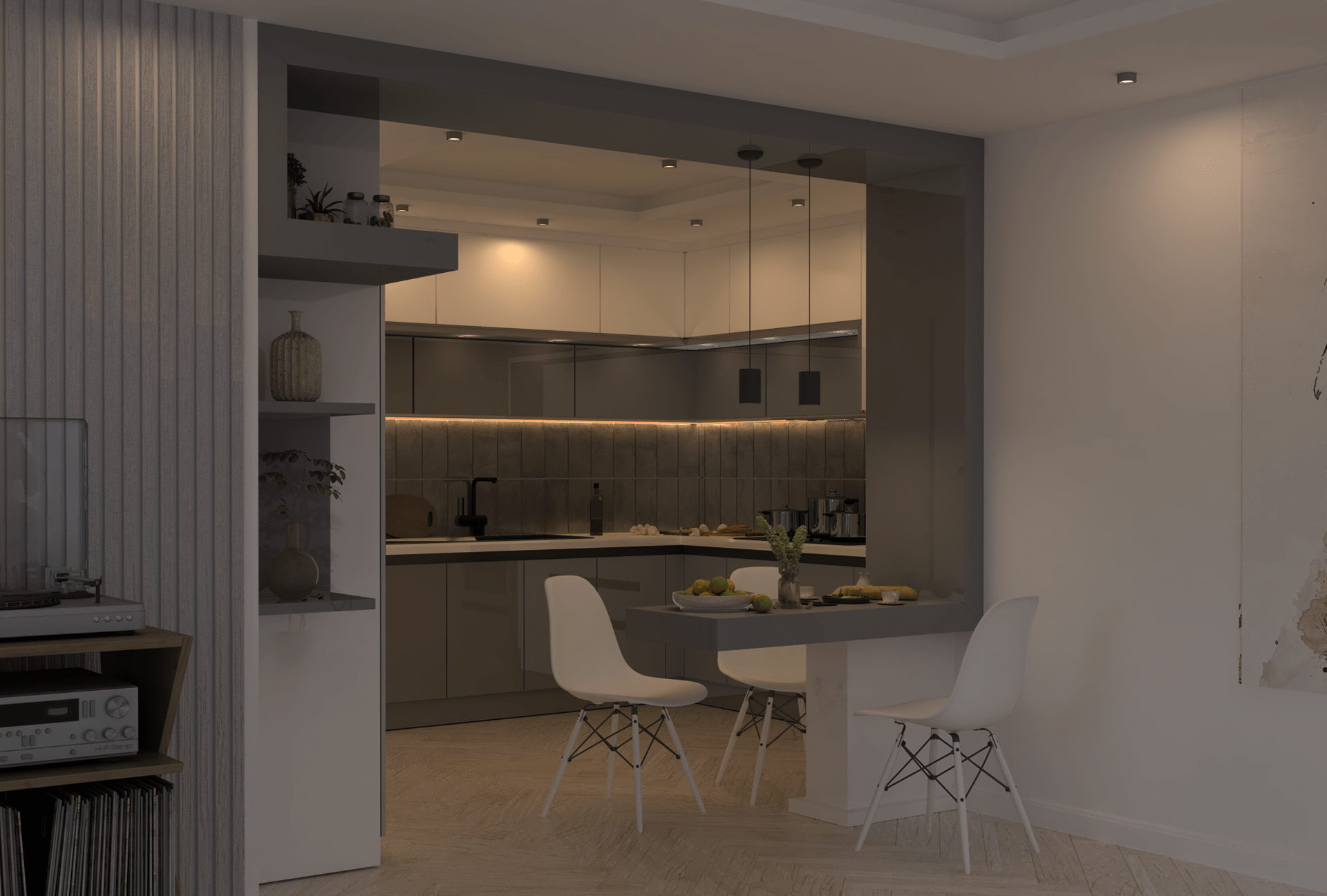
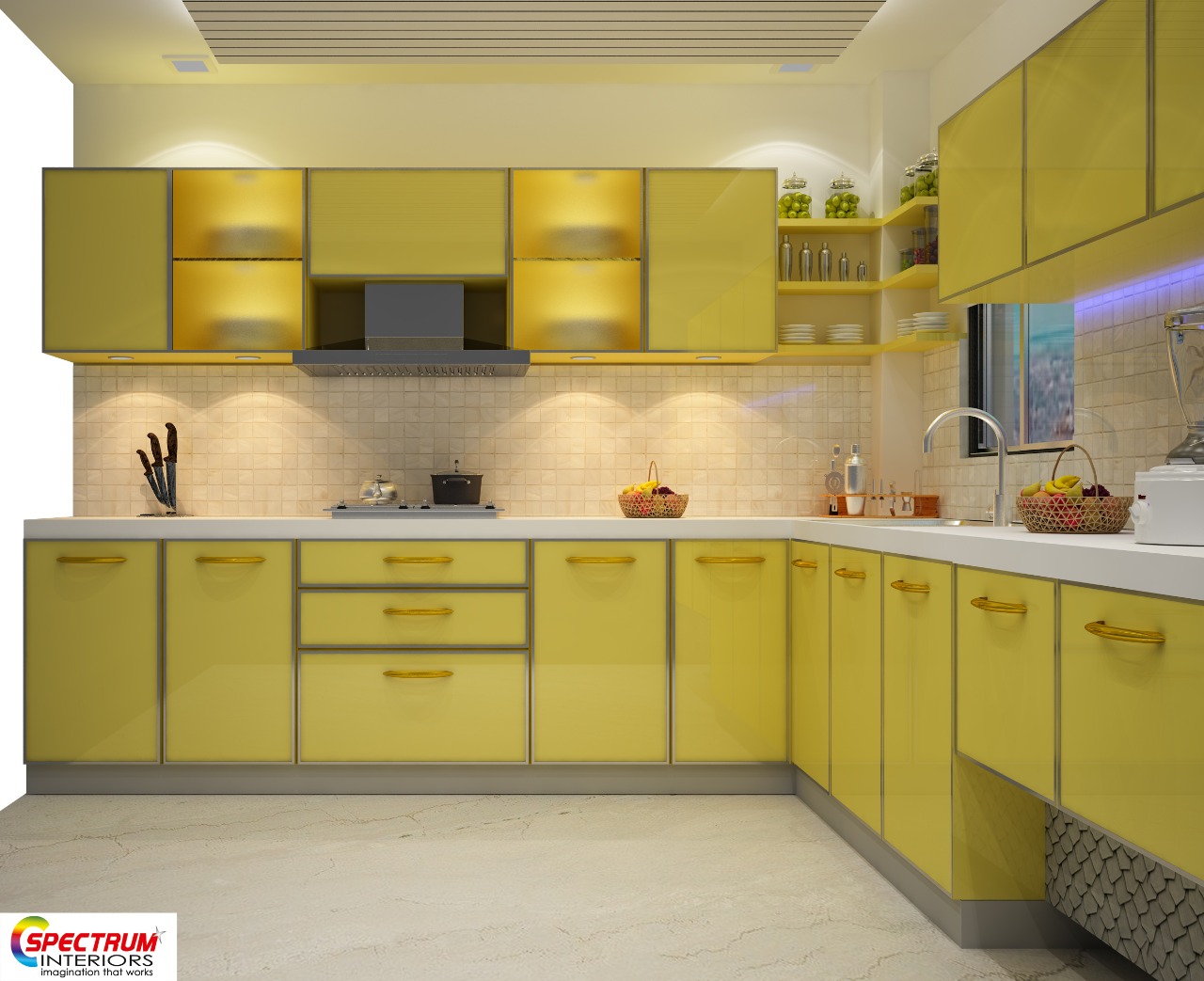










/172788935-56a49f413df78cf772834e90.jpg)












:max_bytes(150000):strip_icc()/light-blue-modern-kitchen-CWYoBOsD4ZBBskUnZQSE-l-97a7f42f4c16473a83cd8bc8a78b673a.jpg)


















